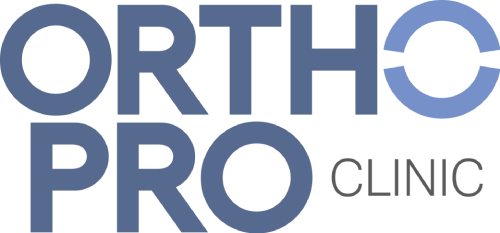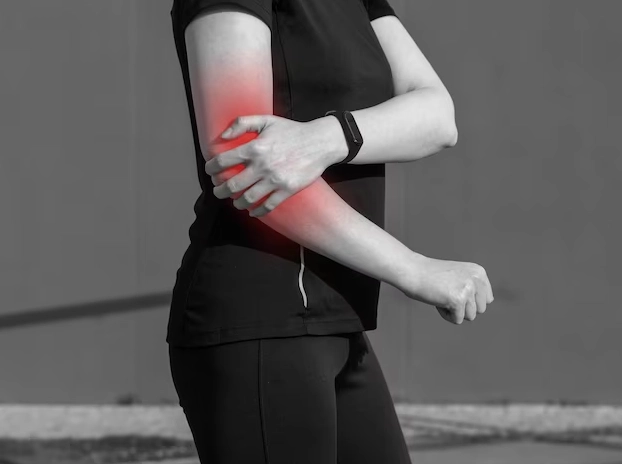Elbow Dislocation – Symptoms, Diagnosis & Treatment
An elbow dislocation occurs when the bones in the forearm (radius and ulna) are displaced in relation to the bones in the upper arm (humerus). The elbow joint, that forms where these three bones meet, can be dislocated or separated.
The specific and serious injuries that can occur are fractures (broken arms), damage to the arteries in the arm (vessels that carry blood to the hand), damage to the nerves that run through the elbow area, and impaired movement and sensation in the arm and hands.
Causes of Elbow Dislocation
Most elbow dislocations are caused by a fall, usually with the arm is fully extended. But any trauma, such as a car accident, can cause an elbow dislocation.
Elbow Dislocation Symptoms
- Swelling
- Severe elbow pain
- Weakness in the joint
- Deformed looking arm
- Bruising
- Loss of ability to move the elbow
- Inability to bend the arm
Personal Care at Home
Elbow dislocation is a serious injury that requires medical help. You can take self-care at home to ease swelling and pain. To ensure this, put some ice on the elbow. Next, seek appointment of an orthopedic doctor.
This simple test at home can help you check whether the artery and nerves are intact
To check the artery, feel the base of the wrist below the thumb. This is to feel the pulse. Similarly, press your fingertips – they should turn white and return to pink color within a few second. If any of these tests are abnormal, seek medical attention immediately.
Nerve function test
Three nerves pass through the elbow. Each nerve contains sections that help increase strength and sensation. Test strength first by flexing your wrist as if to say “stop” (radial nerve function), then by extending your fingers (ulnar nerve function), then try to touch your thumb with your little finger (median nerve function). If you have any problems with these tests, meet your orthopedic doctor immediately. The
Examination and tests
When you meet an orthopedic doctor, he will see you and performs physical examination. The doctor will make sure that the nerves and arteries are not damaged by checking your pulse, making sure you feel normal, moving your fingers and wrist, and checking that the blood in your hand is flowing normally.
Next, the doctor must take an X-ray. Sometimes a fracture can look like a dislocation, and some fractures occur with dislocation as well.
If your doctor suspects damage to the arteries, other tests may be done, such as angiography (X-ray of the arteries).
Doctor will check sensitivity by touching the entire hand and arm.
Dislocated Elbow Treatment in Hyderabad
The doctor will reduce (realign) the elbow by retracting the wrist and lifting it back into place. It is very painful, so strong painkillers may be given before the procedure.
When the elbow is back in place, the doctor will take an x-ray and put a splint on it to keep the elbow bent. The splint will form an “L” shape at the back of the elbow. It will be plaster or fiberglass. Its purpose is to prevent the arm from moving through the elbow. Your arms will usually be in a sling to help you hold up your splint.
Prevention
Take precautions and do not walk on slippery stairs and surfaces. Do not fall on outstretched arms. Avoid situations that make falls more common (such as walking at night or on slippery floors). Avoid overuse injuries by restricting overtraining in sports.
When to see a doctor? If you can’t move your elbow, have severe pain, can’t feel your hand, or feel uncomfortable, you should go to your doctor’s office or hospital emergency room right away. For the best dislocated elbow treatment in Hyderabad, meet Dr. Praharsha Mulpur.


